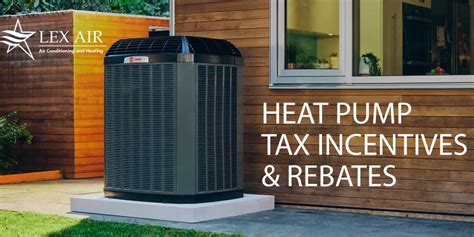As summer approaches, the need for a reliable air conditioning system becomes paramount. However, the rising costs of energy bills can make homeowners hesitate when it comes to investing in new cooling solutions. Fortunately, in 2025, various rebates for air conditioner purchases and installations will help lighten this financial burden. This article will delve into the details of these rebates, how you can make the most of them, and actionable steps to keep your home cool and your budget intact.
Understanding the 2025 Air Conditioner Rebates
The 2025 Air Conditioner Rebates program is designed to encourage homeowners to upgrade to more energy-efficient cooling solutions. With increasing concerns about climate change and energy efficiency, many states and utility companies are offering financial incentives. These rebates can significantly reduce the cost of purchasing and installing an air conditioning unit.
Types of Rebates Available
There are primarily three types of rebates available in 2025:
- State Rebates: Many states have implemented their own rebate programs. These vary widely based on the state’s energy efficiency goals.
- Utility Company Rebates: Local utility companies often provide rebates for energy-efficient appliances, including air conditioners. They may have specific requirements based on the type of unit being installed.
- Federal Tax Credits: The federal government also offers tax credits for certain energy-efficient home improvements, which can include air conditioning systems.
Eligibility Criteria
To qualify for the rebates, you must generally meet specific eligibility criteria. These may include:
- Purchasing an ENERGY STAR® rated air conditioning unit.
- Using a certified technician for installation.
- Providing proof of purchase and installation upon applying for the rebate.
How to Maximize Your Savings
1. Research Available Rebates: Start by checking your state and local utility company websites. This will give you a thorough understanding of what rebates are available in your area.
2. Choose Energy-Efficient Units: Look for air conditioners that are ENERGY STAR® certified. These units are designed to consume less energy and are often more reliable in terms of performance.
3. Hire Certified Installers: Ensure you hire installers who are certified to maximize both efficiency and eligibility for rebates.
4. Keep Records: Keep receipts and documentation of your purchase and installation. This documentation will be necessary when submitting rebate claims.
5. Combine Rebates and Tax Credits: If possible, use both state/utility rebates and federal tax credits for maximum savings. Ensure you understand how these interact so you can take full advantage of them.
The Long-Term Benefits of Upgrading Your Air Conditioner
While the upfront costs of purchasing a new air conditioning unit can be daunting, the long-term benefits often outweigh these initial expenses:
- Lower Energy Bills: Energy-efficient units consume significantly less energy, leading to considerable savings on your monthly utility bills.
- Environmental Impact: Upgrading to energy-efficient systems reduces your carbon footprint and contributes to a more sustainable future.
- Increased Home Value: A new, efficient air conditioning system can increase the overall value of your home, making it more appealing to potential buyers.
- Improved Comfort: Newer models provide better cooling and are often quieter, contributing to a more comfortable home environment.
Steps to Applying for Rebates
Applying for rebates can seem complicated, but following a clear set of steps can simplify the process:
- Choose Your Air Conditioner: Select a model that meets the rebate requirements.
- Install the System: Ensure it is installed by a certified professional.
- Gather Documentation: Compile your purchase receipt, installation paperwork, and any other required documents.
- Complete Rebate Application: Fill out the rebate application form, ensuring all information is accurate and complete.
- Submit Promptly: Submit your application as soon as possible to avoid missing deadlines.
Conclusion
The 2025 air conditioner rebates represent an excellent opportunity for homeowners looking to invest in energy-efficient cooling solutions. By understanding the various rebates available and how to apply for them, you can significantly reduce your upfront costs and enjoy long-term savings. Not only will you improve your home’s comfort, but you will also be contributing positively to the environment while enhancing your home’s value. Take the time to research your options and make an informed decision to maximize your savings.
FAQs
What is the eligibility requirement for the 2025 air conditioner rebates?
Eligibility typically requires that you purchase an ENERGY STAR® certified air conditioning unit and use a certified installer. Specific requirements may vary by state and utility company.
How much can I save with the rebate programs?
The savings can vary significantly based on your location, but rebates can range from a few hundred to several thousand dollars. Combining state rebates with federal tax credits can further maximize your savings.
Are there deadlines for applying for these rebates?
Yes, each rebate program will have its own deadlines. It is crucial to check with the specific program to ensure you submit your application on time.
Can I apply for multiple rebates at once?
In most cases, yes. Homeowners are often eligible to apply for both state and utility company rebates as well as federal tax credits, provided they meet all necessary requirements.
What documentation is needed to apply for the rebates?
Generally, you will need to provide a copy of your receipt, installation paperwork, and any forms specific to the rebate you are applying for. Always check the guidelines to ensure you have everything required.
This HTML format can be copied directly into a WordPress editor.
Download Air Conditioner Rebates 2025
